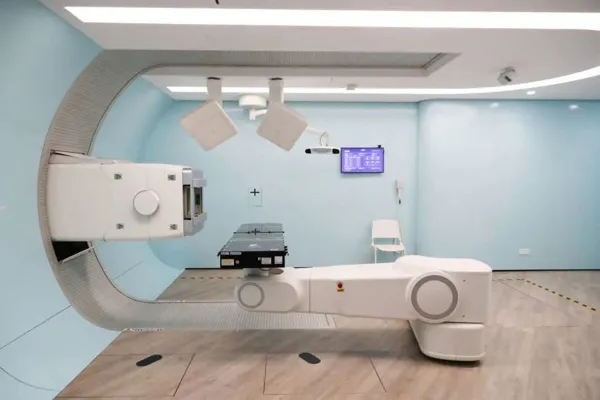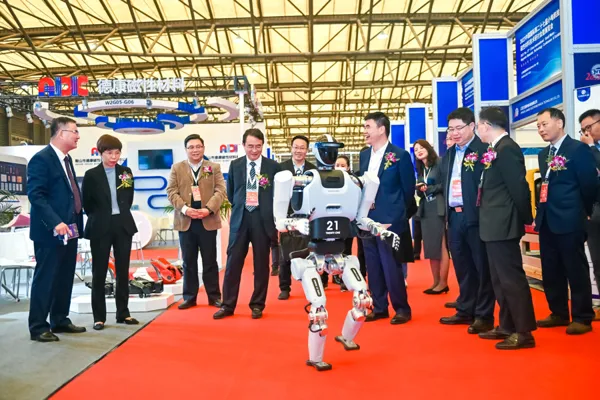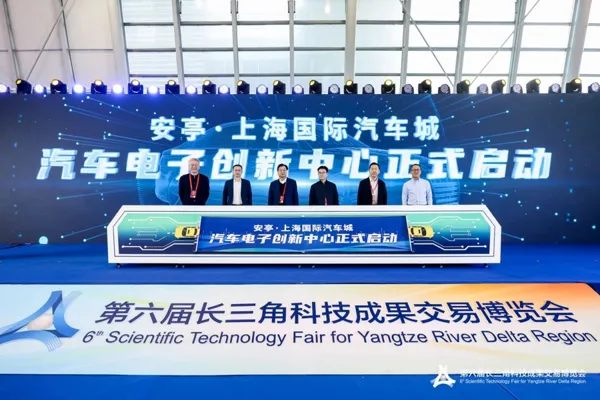Beijing, Shanghai, and Zhejiang rank in the top three, and the National Science Communication Development Index report is released
The Science Communication Development Index is the first index tool in China to measure the development status of regional science popularization undertakings. Recently, the Shanghai Science Popularization Education Promotion Center released the sixth "National Provincial Science Communication Development Index Report". This report is based on the national science popularization statistics of the China Institute of Scientific and Technological Information. It uses mathematical modeling methods to conduct quantitative calculation and analysis, and comprehensively evaluates regions from multiple dimensions such as science popularization sites, science popularization personnel, science popularization activities, science popularization funds, and science popularization media. The development level of science communication. Among the 31 provinces, autonomous regions and municipalities across the country excluding Hong Kong, Macao and Taiwan, Beijing, Shanghai and Zhejiang rank among the top three in terms of total science communication development index scores.
In order to ensure that the indicators selected by the index are in line with the actual development of science popularization, the science communication development index system includes 5 first-level indicators and 20 second-level indicators, including science popularization personnel, science popularization venues, science popularization funds, science popularization media, and science popularization activities. In 2021, the top ten provinces, autonomous regions and municipalities in the country in terms of total science communication development index scores are: Beijing, Shanghai, Zhejiang, Tianjin, Hebei, Guangxi, Guangdong, Hubei, Yunnan, and Jiangsu.
The total score of the science communication development index of all provinces in the country in 2021
The research team of Shanghai Popular Science Education Promotion Center stated that the reported science communication development index mainly presents five characteristics. First, there have been many improvements, and science popularization in various places has "fully blossomed". Since the issuance and implementation of the Outline of the National Scientific Literacy Action Plan, especially since the 18th National Congress of the Communist Party of China, the National Scientific Literacy Action has achieved remarkable results. By comparing the indicators of the index in 2020 and 2021, it was found that except for some indicators that cannot be compared due to changes in statistical caliber, most of the national averages of the remaining secondary indicators have improved compared with 2020.
Second, there is a slight change, and the national science popularization development list is released. In 2021, Beijing and Shanghai ranked first and second in the country with an index value of 560.52 and an index value of 494.71 respectively. They have occupied the top two in the list for 6 consecutive years, and the development of science popularization ranks at the forefront of the country. Compared with 2020, the index rankings of provinces, autonomous regions and municipalities across the country have shown significant changes in 2021. For example, Jilin dropped by 19 places and Hebei rose by 15 places. The main reason for the fluctuation in this ranking is that when calculating the science popularization activity index value, the statistical caliber adopted in 2021 and 2020 is different for online and offline activities. In the national science popularization statistics table issued in 2021, science popularization activities are clearly divided into online and offline parts for statistics. However, no detailed distinction was made between this item in 2020.
Third, it is closely related and has a strong connection with the economic development level of various places. The index map shows that the development level of science popularization in the eastern coastal areas is relatively high in 2021, and the science communication development index in the Pearl River Delta, Yangtze River Delta and Bohai Rim Economic Zone is relatively high. However, the development level of science popularization in the northwest and northeast regions needs to be improved. It can be seen that the development level of science popularization in various provinces, autonomous regions and municipalities across the country is closely related to the level of local economic development.
Map of science communication development index of various provinces in the country in 2021
The research team also found that the development level of science popularization across the country has little to do with state support. Considering that the science popularization work in some provinces across the country is supported by the state's own funds, the research team separately extracted relevant data of ministries and commissions, divided the science popularization statistical data into ministry data and data excluding ministries, and calculated the index values respectively. Calculation results show that, except for Beijing and Xinjiang, the data of other provincial ministries and commissions account for a low proportion. After excluding data from ministries and commissions, Shanghai became the city ranked first in the national science communication development index, and Beijing dropped to second.
The fourth characteristic is that there are large differences, and the development of science popularization in various regions is still uneven. Statistics on the proportions of the eastern, central and western regions in each indicator of the 2021 Science Communication Development Index show that the eastern region is in a leading position in most indicators. In terms of indicators such as the number of participants in international exchange activities and the effectiveness of science popularization activities, the eastern region accounts for more than 80%.
The fifth characteristic is adapting to changes and upgrading statistical indicators. In order to adapt to the rapidly changing new developments in science and technology, in 2021, the Ministry of Science and Technology made modifications and adjustments to the "2021 National Science Popularization Statistical Survey Plan". To this end, the research team made corresponding adjustments and upgrades to the statistical indicators of the Science Communication Development Index. The adjustment to the index statistical indicators is mainly reflected in science popularization media and science popularization activities. First, considering that the usage rate of various audio and video products has gradually declined in recent years, the research team no longer includes CDs, audio recordings, video tapes, etc. in the statistics of secondary indicators under Popular Science Media. Second, since the COVID-19 epidemic, most science popularization activities across the country have been conducted online. In order to distinguish between online and offline science popularization activities, data related to online science popularization activities are included in the statistics of secondary indicators under science popularization activities.
The release of the "National Provincial Science Communication Development Index Report" marks the smooth operation of the digital evaluation system for the national science communication development level, and provides a scientific basis for exploring high-quality development paths for science popularization and researching and formulating science popularization policies and measures.
Science communication development index indicator system for each province in the country





